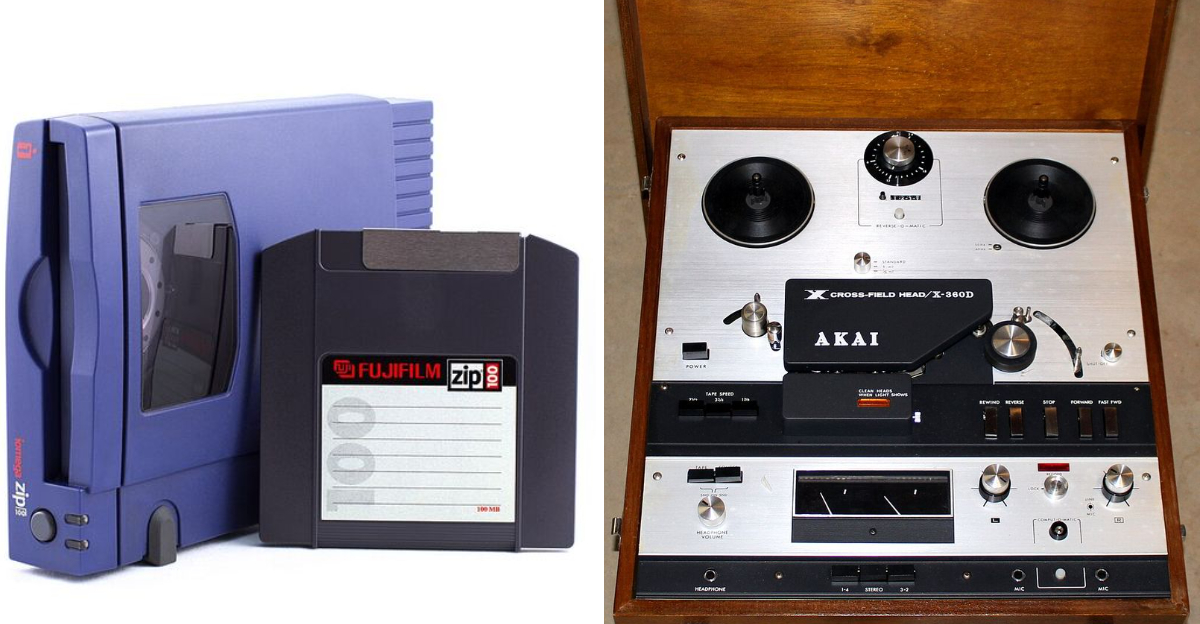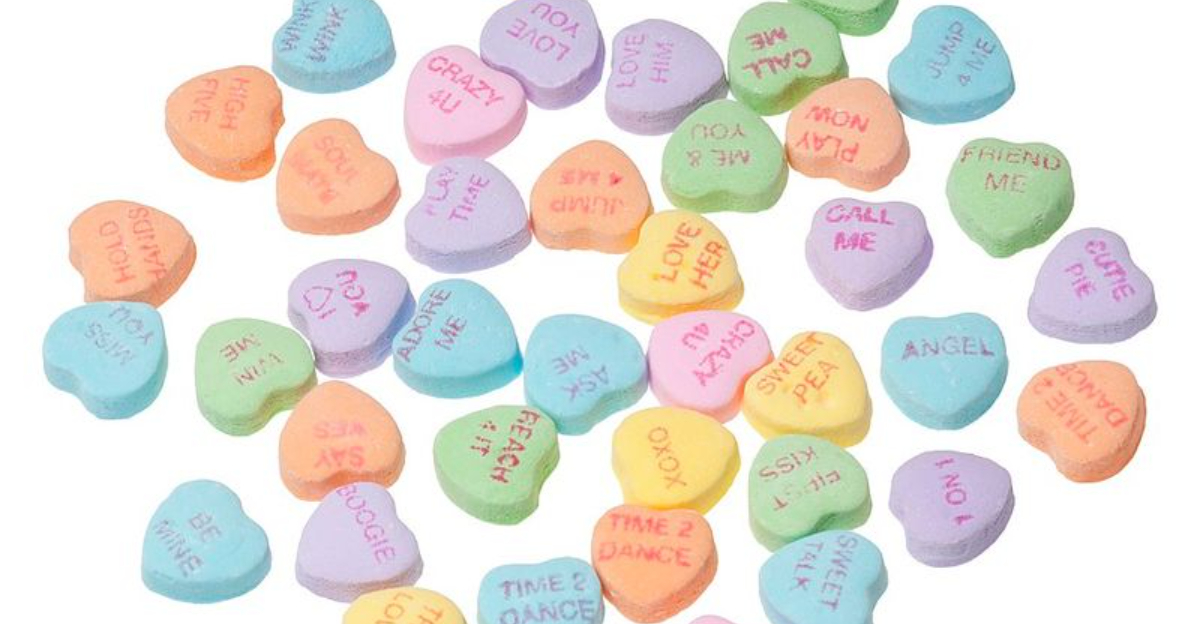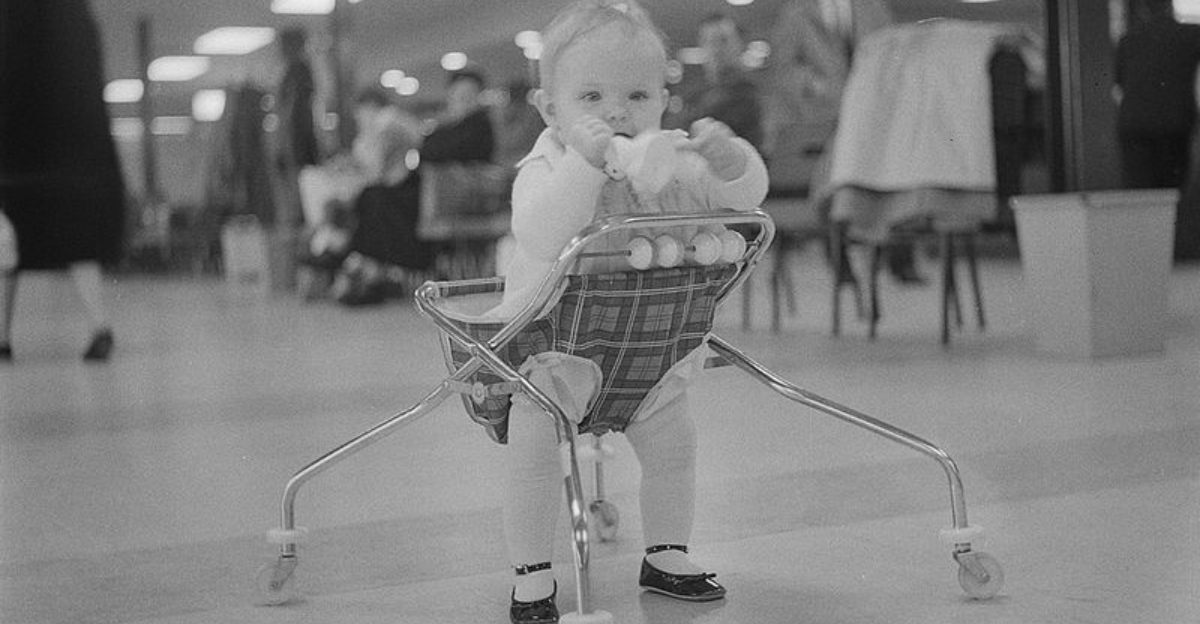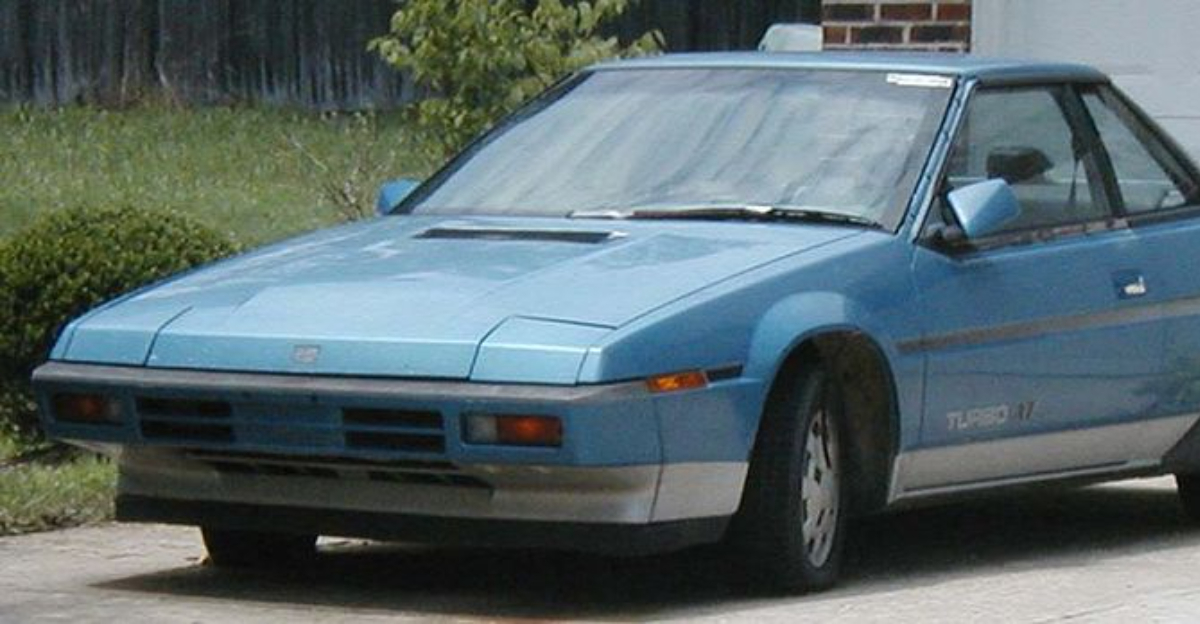20 TV Commercials From The ’60s That Would Never Fly Today
Television advertising in the 1960s was a wild west of marketing, where companies could say and show almost anything without much pushback.
What seemed normal back then now makes us cringe with its offensive stereotypes, harmful messages, and outdated attitudes.
Looking back at these commercials gives us a window into how much society has changed and why advertising standards exist today.
1. Frito Bandito – Fritos
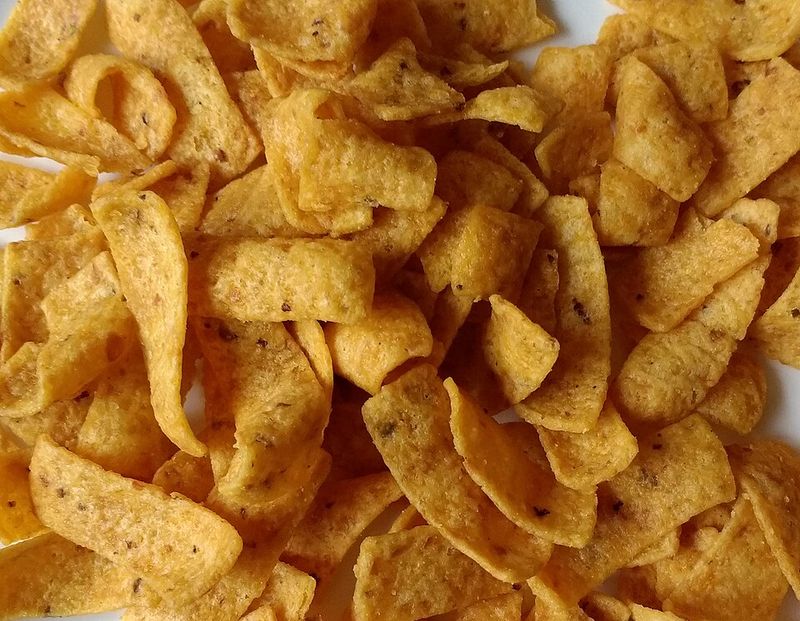
A cartoon bandit with a thick accent and bandoliers crossed over his chest was the face of Fritos corn chips throughout the late 1960s. Wearing a giant sombrero and brandishing pistols, this character would sneak around stealing chips while speaking in broken English.
Mexican-American groups rightfully protested the offensive stereotype, leading to the character’s retirement in 1971. Broadcasting networks eventually pulled the ads after mounting pressure from civil rights organizations who called out the harmful caricature.
2. Daisy – Lyndon B. Johnson Campaign
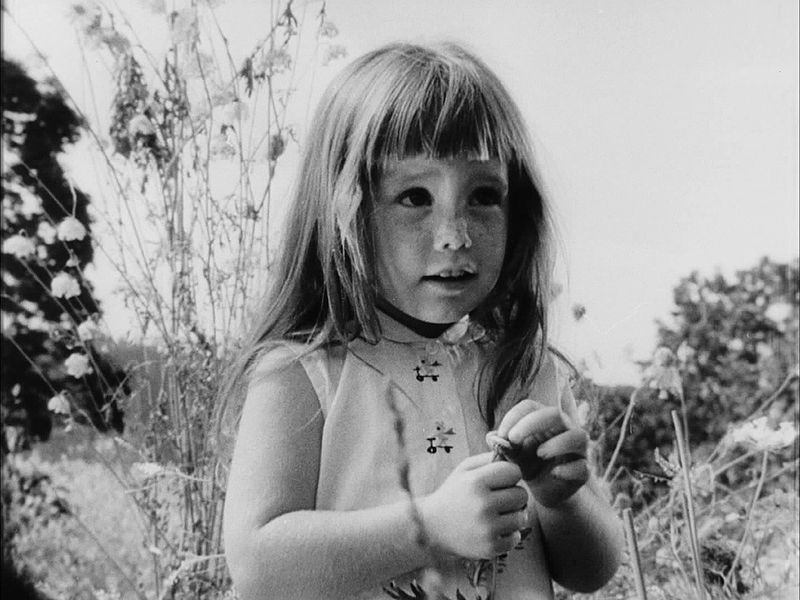
Picture a little girl picking petals off a daisy while counting, then suddenly a nuclear countdown replaces her voice. An atomic mushroom cloud fills the screen as President Johnson’s voice warns about the stakes of the election.
Only aired once during a 1964 movie broadcast, this political attack ad used fear of nuclear war and a child to scare voters. Modern campaign regulations would never allow such manipulative imagery exploiting childhood innocence.
3. Morton Salt Racially Insensitive Imagery
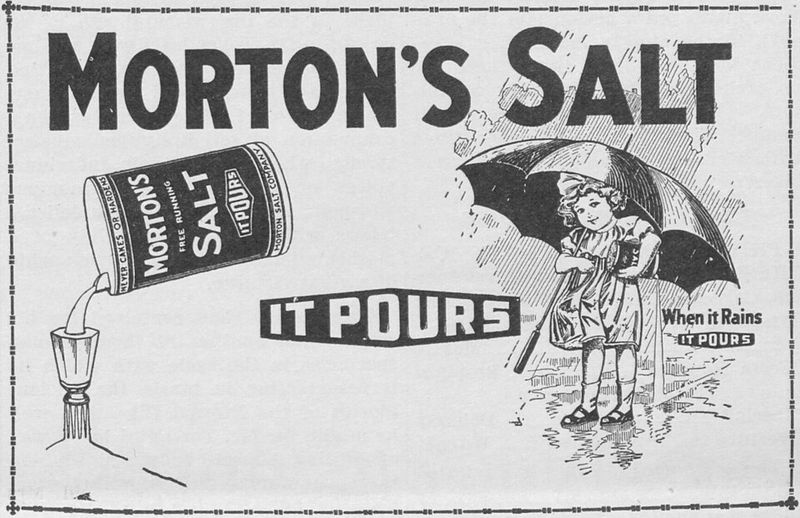
While the Morton Salt girl with her umbrella became iconic, some regional commercials in the 1960s featured deeply troubling racial imagery. Certain ads depicted African American characters as servants or used demeaning dialect that reinforced ugly stereotypes.
Regional broadcasting allowed companies to air different versions of commercials, sometimes with content that major networks would reject. Modern diversity standards and sensitivity reviews prevent such offensive material from ever reaching audiences.
4. Crisco Kitchen Ads with Gender Roles
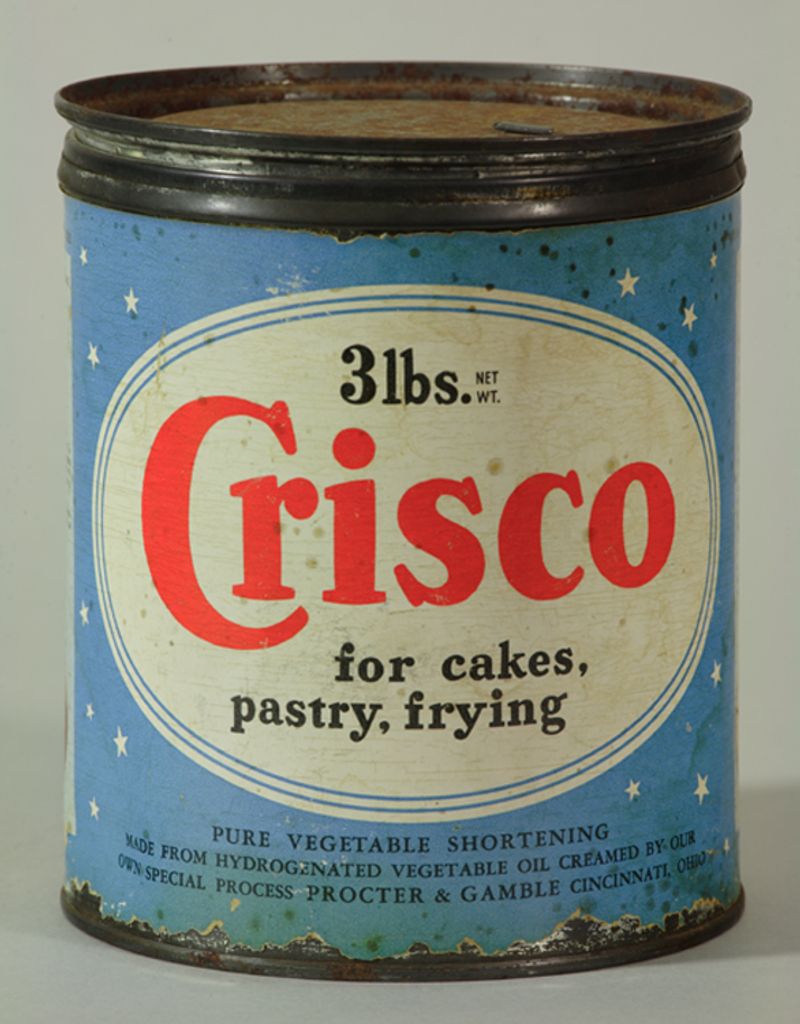
Women belonged in the kitchen according to Crisco commercials, which showed wives desperately trying to please their husbands with perfectly fried foods. One ad actually suggested a woman’s worth depended entirely on her cooking abilities and keeping her man satisfied.
Husbands would criticize their wives’ cooking until Crisco saved the day, reinforcing the idea that women existed solely to serve men. Such blatant sexism would spark immediate boycotts today.
5. Pillsbury 1960s Homemaker Ads
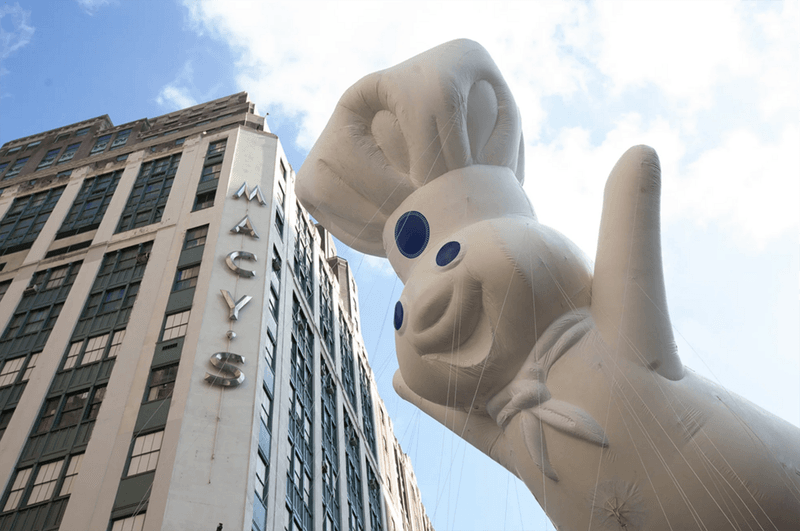
Perfectly coiffed housewives in dresses and pearls spent their entire existence baking for their families in Pillsbury’s world. Commercials implied that women who didn’t bake from scratch (or at least use Pillsbury products) were failures as mothers and wives.
Career women were completely absent, and the message was clear: your kitchen performance defined your value. Modern advertising celebrates diverse lifestyles and doesn’t shame anyone’s choices about cooking or careers.
6. Brylcreem Ads Targeting Minority Communities
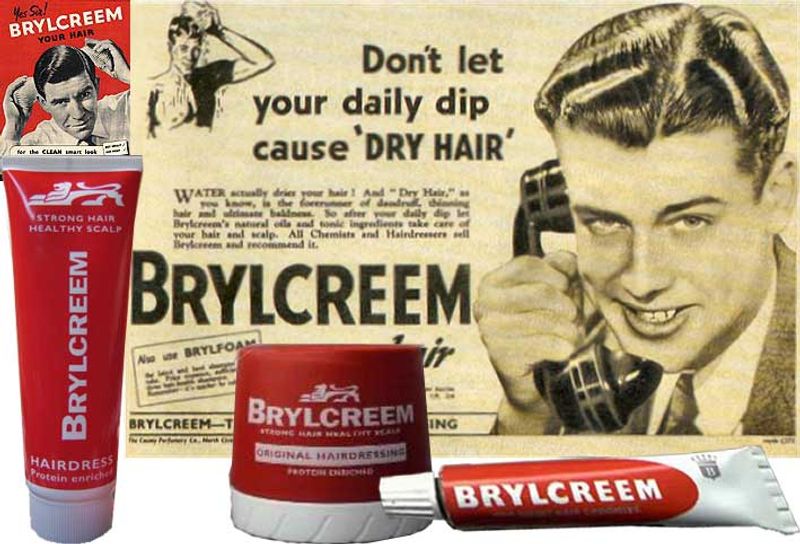
Hair cream company Brylcreem ran separate ad campaigns that used troubling stereotypes when marketing to different racial groups. Some versions featured offensive caricatures or suggested that certain hair textures needed to be “fixed” or “tamed” to be acceptable.
The implication that natural hair was somehow wrong caused lasting harm to communities already facing discrimination. Today’s beauty industry increasingly celebrates natural hair and diverse beauty standards rather than promoting one narrow ideal.
7. Clairol Hair Dye Ads with Racial Undertones
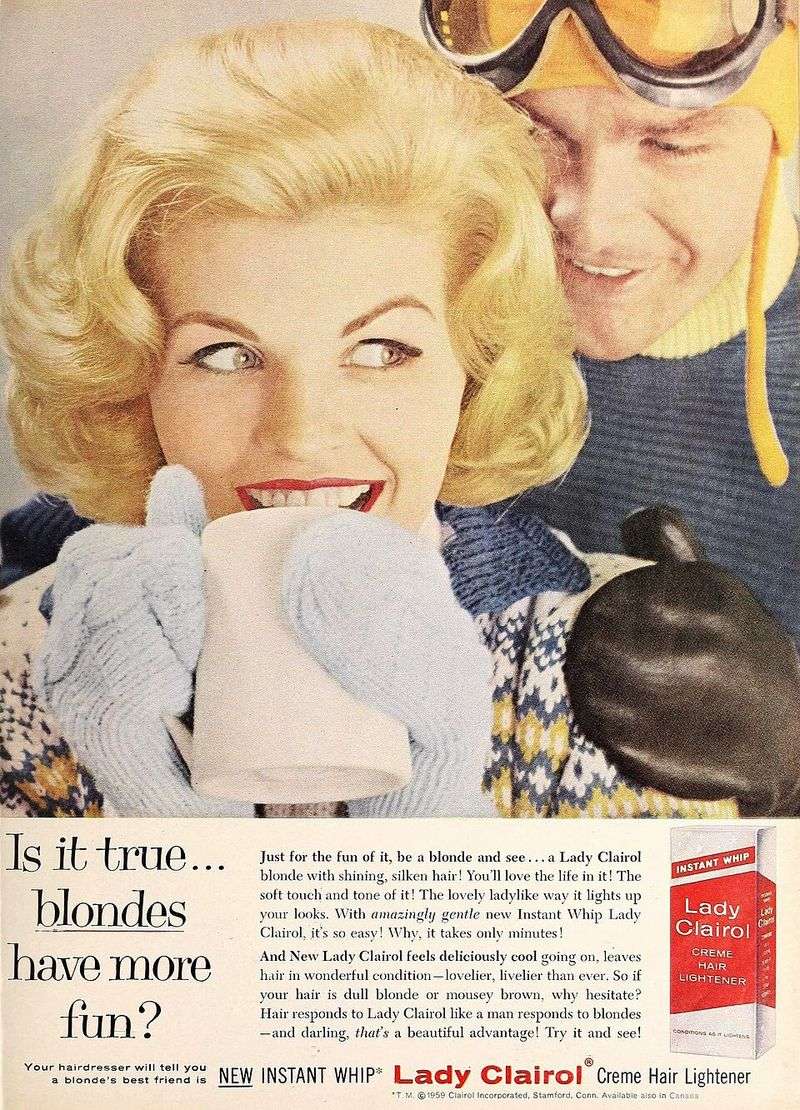
Blonde was presented as the ultimate goal in Clairol commercials that barely featured any women of color. When non-white women did appear, the messaging often suggested that lighter hair made someone more attractive, professional, or desirable.
Taglines hinted that changing your natural hair color was necessary for success or romance. Current beauty advertising strives for inclusivity and celebrates natural beauty across all ethnicities rather than promoting colorism.
8. Pepsi Segregation-Era Commercials
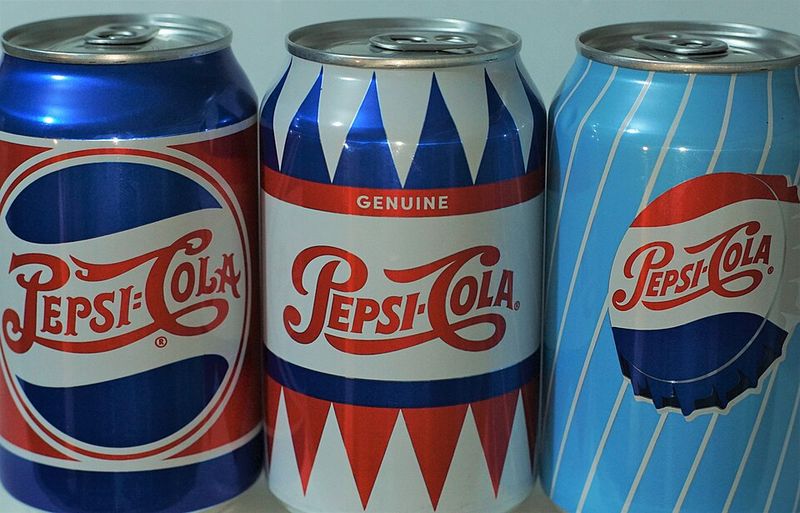
During the height of segregation, Pepsi ran completely different commercials for white audiences versus Black audiences, reflecting the divided society of the time. While the company had earlier made progressive moves, some 1960s regional ads still reflected segregationist attitudes.
Certain markets received versions that excluded people of color entirely or relegated them to background roles. Modern beverage advertising emphasizes unity and diverse representation across all markets simultaneously.
9. Lucky Strike Tobacco Ads Glamorizing Smoking for Teens
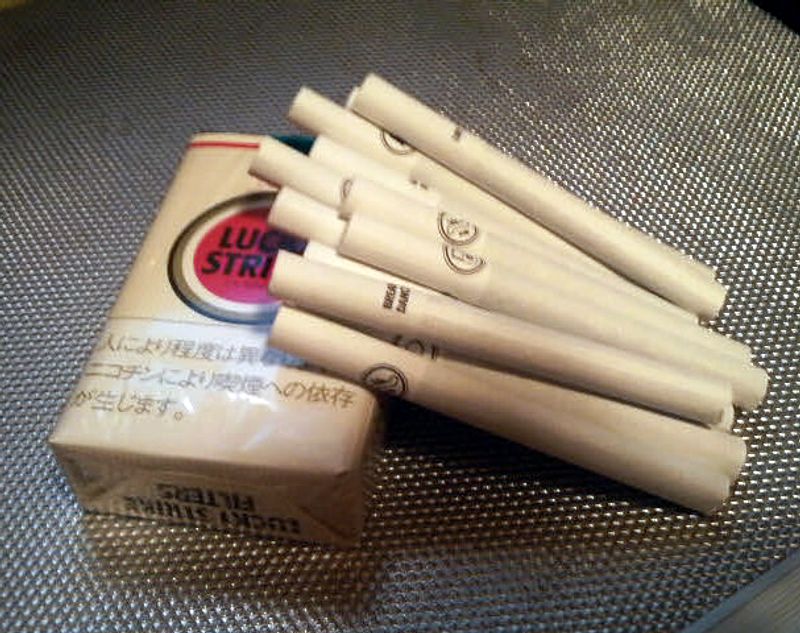
Cigarette companies could advertise directly to young people, and Lucky Strike took full advantage. Commercials featured young, attractive models doing fun activities while smoking, making cigarettes look cool and sophisticated to impressionable teenagers.
Doctors even appeared in some tobacco ads endorsing smoking as harmless or healthy. After overwhelming evidence of smoking’s dangers, tobacco advertising on television was banned entirely in 1971.
10. Volkswagen Beetle Ads with Questionable Humor
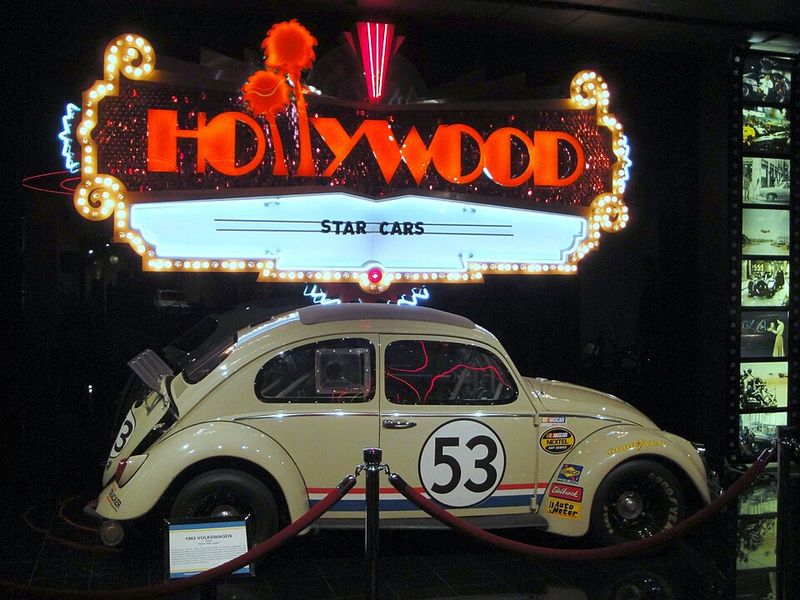
Volkswagen’s clever advertising sometimes crossed lines with jokes about women drivers being incompetent or making light of serious safety concerns. One memorable ad actually made fun of women’s supposed inability to handle cars or understand mechanics.
While the company pioneered honest advertising by acknowledging the Beetle’s small size, some humor relied on outdated gender stereotypes. Automotive marketing now avoids sexist tropes and targets all genders equally as capable drivers and consumers.
11. Geritol Vitamin Ads Blaming Tired Wives

Is your wife too tired to fulfill her wifely duties? Geritol vitamins suggested the problem was her iron deficiency, not the fact she was working nonstop without help. Husbands would complain about their wives’ exhaustion rather than lifting a finger around the house.
The solution was always pills, never questioning why women were so overwhelmed. Modern wellness advertising recognizes mental health, work-life balance, and shared household responsibilities as important factors.
12. Alcoa Aluminum Foil Happy Homemaker Spots
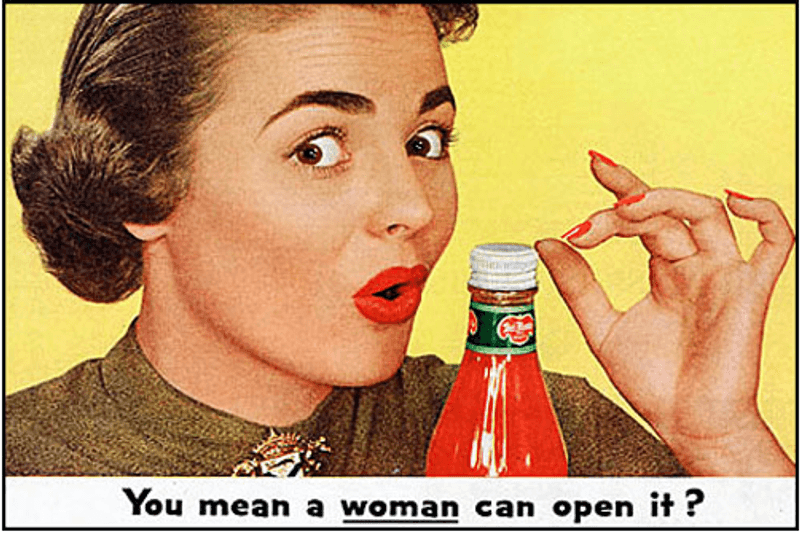
Aluminum foil commercials portrayed women finding complete fulfillment through perfectly wrapped leftovers and shiny kitchen surfaces. Alcoa ads suggested that household product choices defined a woman’s success and intelligence.
Husbands would praise or criticize wives based on their foil usage, making kitchen supplies a measure of feminine worth. Today’s household product ads focus on convenience and efficiency rather than tying someone’s value to cleaning performance.
13. Kenner Easy-Bake Oven Gender Targeting
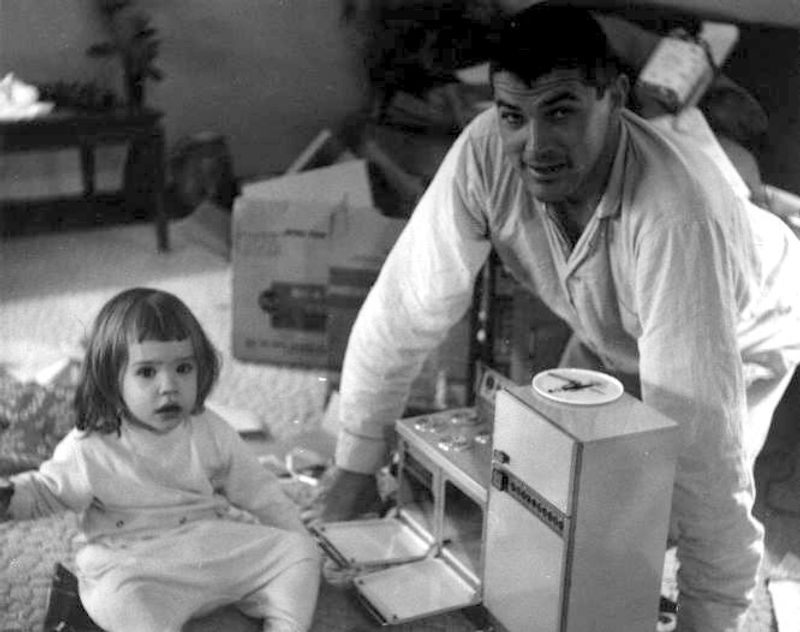
Only girls appeared in Easy-Bake Oven commercials, training them from childhood that cooking was exclusively feminine territory. Boys were completely absent, reinforcing rigid gender roles from the earliest ages.
The messaging prepared girls for their future as homemakers while steering boys toward other pursuits. Modern toy advertising increasingly shows all children playing with all types of toys, recognizing that interests aren’t determined by gender.
14. Hertz Rent-a-Car Businessmen Only Ads
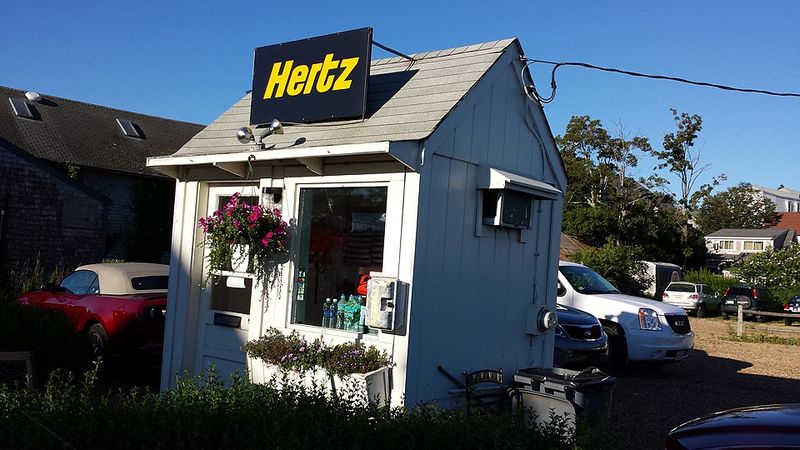
Business travel was exclusively male according to Hertz commercials, which never showed women renting cars for professional purposes. Female characters only appeared as secretaries making reservations for their male bosses or as wives being dropped off.
The assumption that women didn’t travel for business or make their own transportation decisions seems absurd now. Car rental advertising today features diverse professionals of all genders traveling independently.
15. Marlboro Cigarettes Masculine Cowboy Campaign
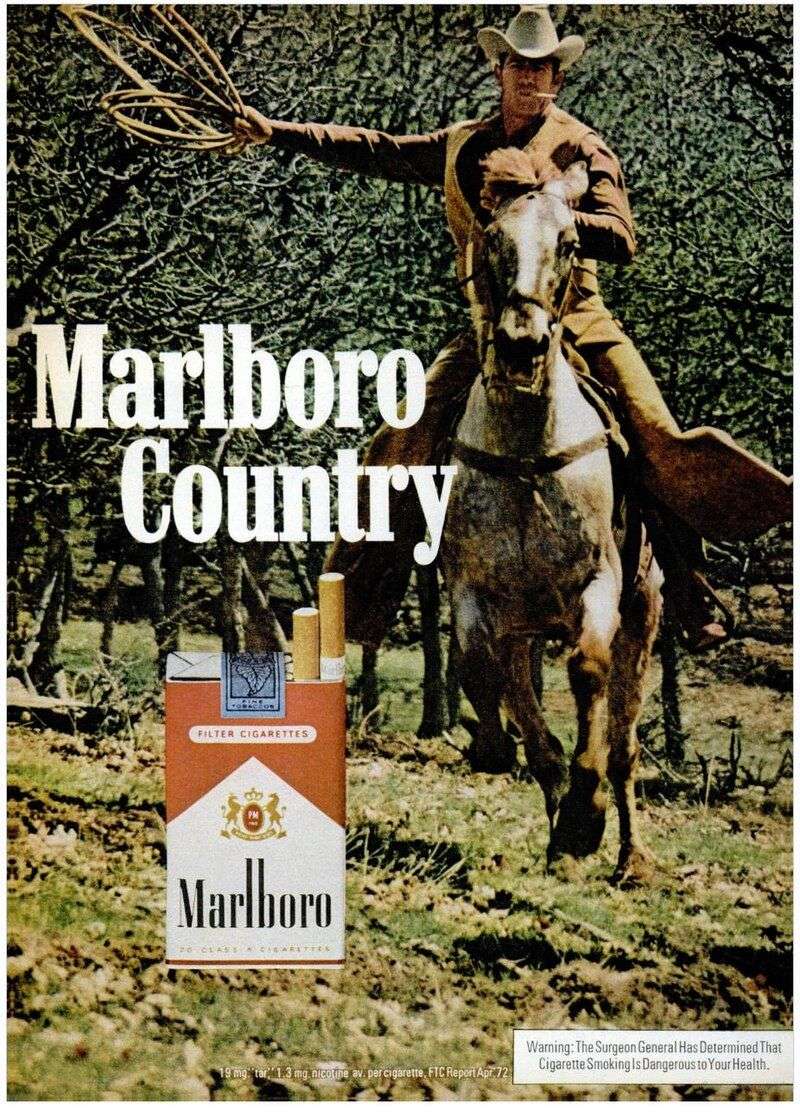
Rugged cowboys smoking in wide-open spaces made Marlboro synonymous with masculinity, targeting men who wanted to appear tough and independent. The Marlboro Man became an icon while promoting deadly addiction as manly and desirable.
Ironically, several actors who portrayed the Marlboro Man later died from smoking-related illnesses. Tobacco advertising on television ended in 1971, and modern anti-smoking campaigns use graphic health warnings instead of glamorous imagery.
16. Folgers Coffee Husband Approval Commercials
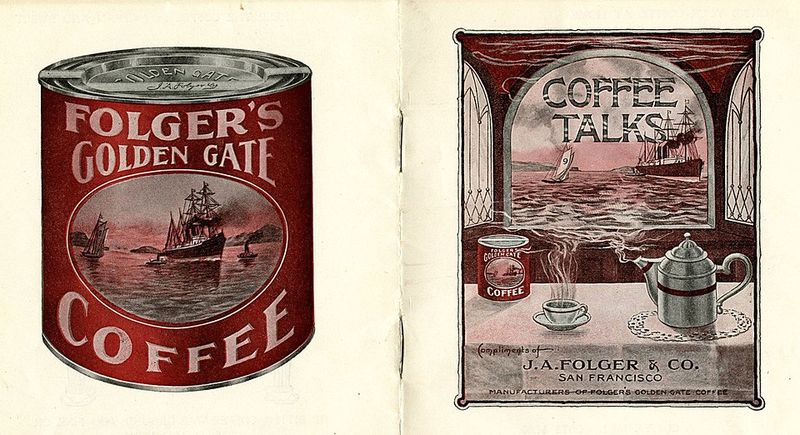
Women anxiously awaited their husbands’ verdict on their coffee-making abilities in Folgers commercials, as if their entire worth depended on beverage preparation. Husbands would grimace or praise based on coffee quality, holding power over their wives’ self-esteem.
Switching to Folgers would finally earn a wife her husband’s approval and affection. Current coffee advertising celebrates personal enjoyment and energy rather than positioning it as a test of domestic competence.
17. Barbie Doll Career Limitations Ads
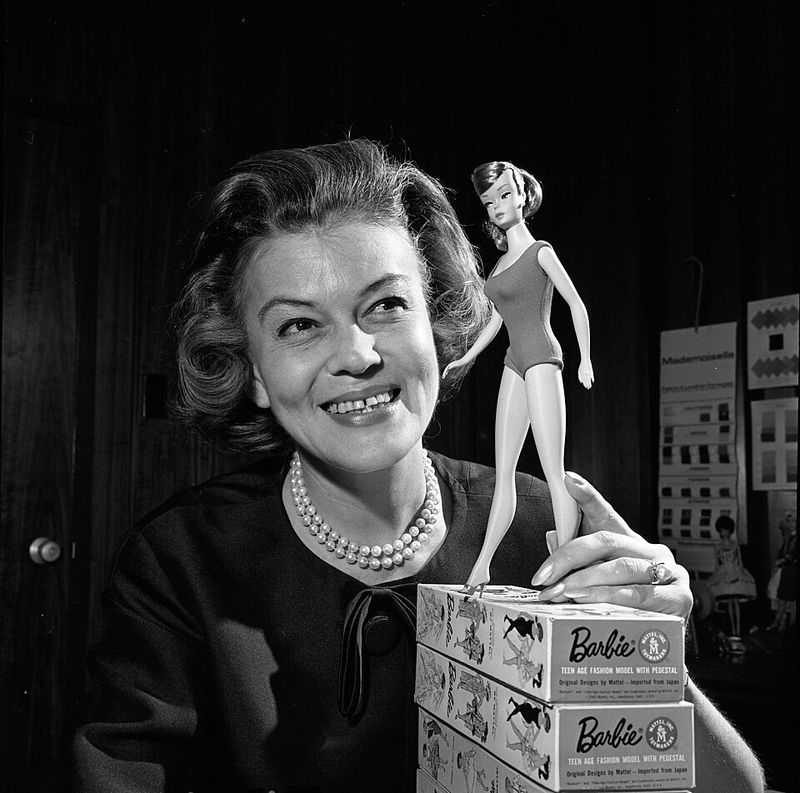
Early Barbie commercials emphasized fashion, beauty, and dating Ken rather than careers or independence. When career Barbies did exist, they were limited to stereotypically feminine roles like nurse, teacher, or stewardess.
The message taught girls that appearance mattered most and that career options were limited by gender. Barbie’s modern incarnations include over 200 careers, and advertising now emphasizes empowerment and limitless possibilities for girls.
18. Old Spice Aftershave Conquering Women Themes
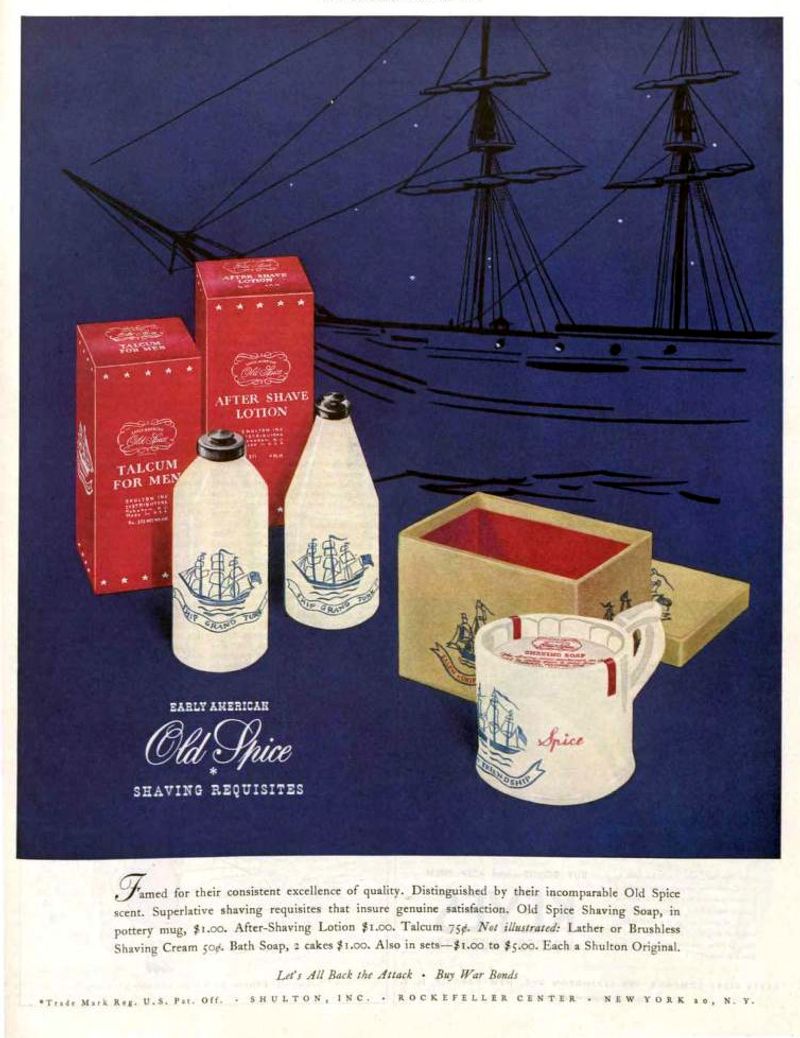
Splash on Old Spice and women would flock to you like prey to a predator, according to commercials that treated dating as conquest. Ads suggested that the right scent gave men power over women, who couldn’t resist masculine fragrance.
Women were depicted as prizes to be won rather than people making their own choices. Modern fragrance advertising has shifted toward sophistication and personal confidence rather than objectifying potential partners.
19. Van Heusen Shirts Subservient Wife Imagery
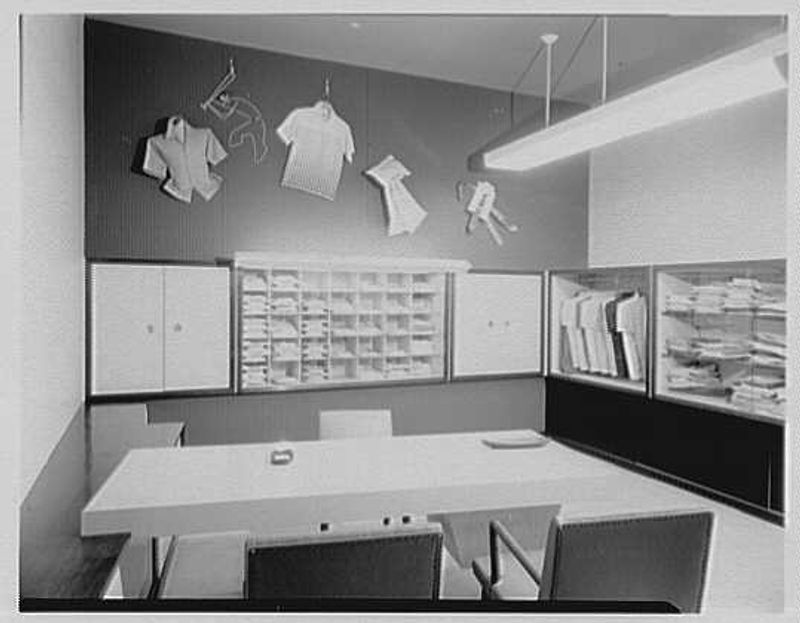
One infamous Van Heusen ad showed a wife serving her husband breakfast in bed while he lounged like royalty, with text suggesting that the right shirt made men worthy of such treatment. Women were literally positioned as servants to well-dressed men.
Another version showed a woman kneeling before her husband, tying his shoes. Such blatant depictions of female subservience would trigger immediate backlash and boycotts in today’s marketplace.
20. Chase & Sanborn Coffee Spanking Ad
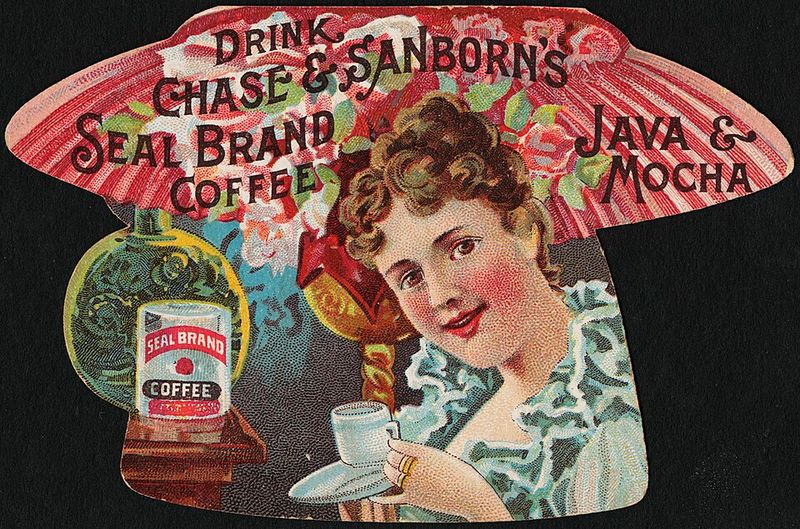
Perhaps most shocking of all, one Chase & Sanborn commercial actually showed a husband threatening to spank his wife for buying the wrong coffee brand. The ad played domestic violence as humor, suggesting physical punishment was an appropriate response to household choices.
Such depictions normalized abuse and positioned women as childlike subjects under male control. Any advertisement hinting at domestic violence today would be immediately pulled and would likely end careers and damage brands permanently.


